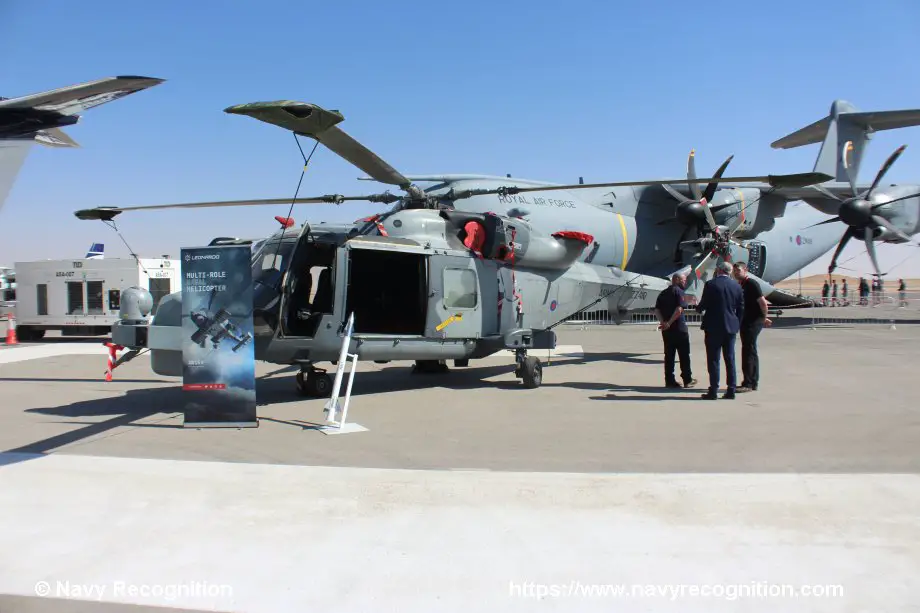Breaking news
WDS 2024: AW159 Wildcat naval helicopter by Leonardo.
The AW159 Wildcat, presented at WDS 2024 by Leonardo, serves as a multi-role helicopter with a focus on naval applications. It evolves from the Lynx helicopter, incorporating new technologies and capabilities based on military experiences in maritime and land operations. Designed with a compact frame, the AW159 is intended for operations from single spot decks, emphasizing its ship/air interface capabilities.
Follow Navy Recognition on Google News at this link
 AgustaWestland AW159 Wildcat helicopter at WDS 2024. (Picture source: Navy Recognition)
AgustaWestland AW159 Wildcat helicopter at WDS 2024. (Picture source: Navy Recognition)
This helicopter is equipped to handle a variety of tasks including Intelligence, Surveillance, Target Acquisition, and Reconnaissance (ISTAR), Maritime Interdiction, Anti-Surface Warfare (ASuW), Anti-Submarine Warfare (ASW), Logistics Support, and Search and Rescue (SAR). It also integrates with unmanned systems to extend operational capabilities in maritime environments.
The AW159 includes integrated mission systems and mission role kits that support a range of armaments, such as torpedoes, air-to-surface missiles, and machine guns, allowing for varied operational roles. The design also focuses on an interface that supports efficient information management to aid crew situational awareness and operational effectiveness.
Safety features in the AW159 include options for a four-bag flotation system, Crash Position Indicator (CPI), and Sonar Locating Beacon. The helicopter can be outfitted with defensive aids including radar warning, electronic surveillance measures, missile and laser warning systems, integrated through a Tactical Processor (TP) to improve awareness in potentially hostile environments.
Designed to operate from ships, its compact size and control features are optimized for operations in challenging weather conditions and up to Sea State 6. The AW159 is equipped with a Deck Lock system and negative thrust capability to enhance safety during deck operations.
Technical specifications highlight its operational ceilings, with a maximum density altitude of 15,000 feet and a maximum pressure altitude of 12,000 feet. Its performance includes hover capabilities both in-ground effect (HIGE) and out-of-ground effect (HOGE), a maximum range of 518 km (280 nm), and an endurance of 3 hours at 5,000 feet. The AW159 is powered by two LHTEC CTS800-4N turboshaft engines with Full Authority Digital Engine Control (FADEC).























